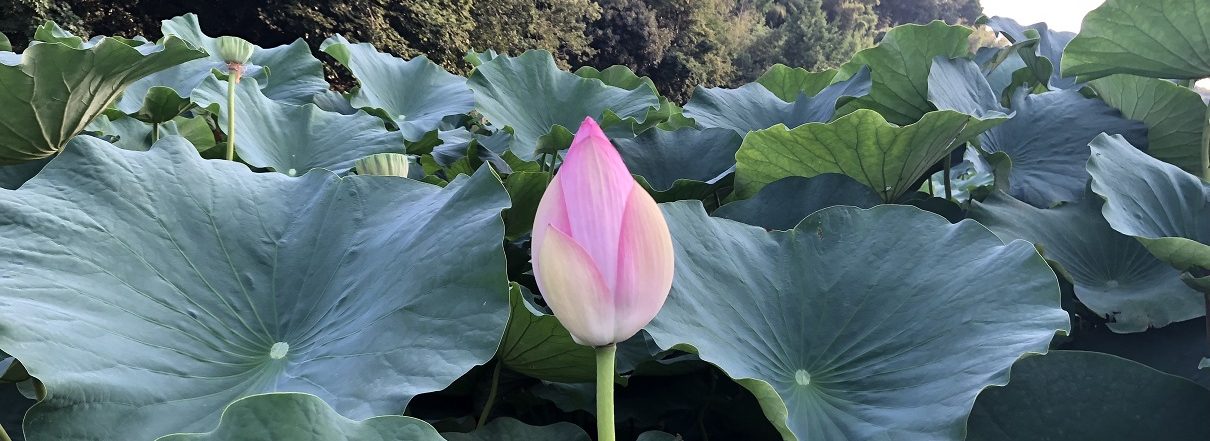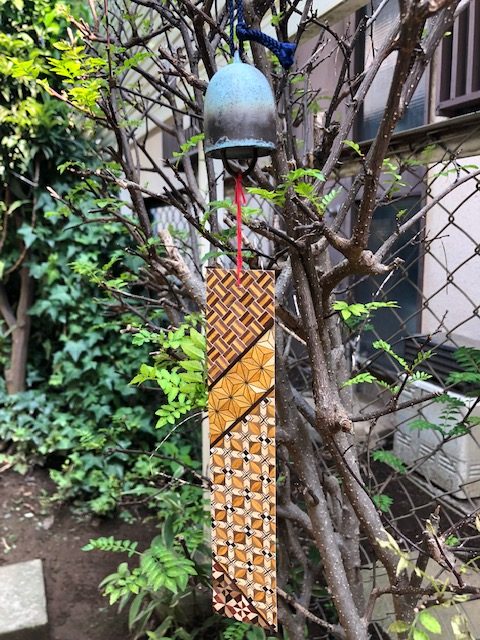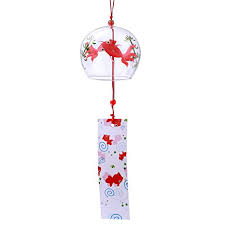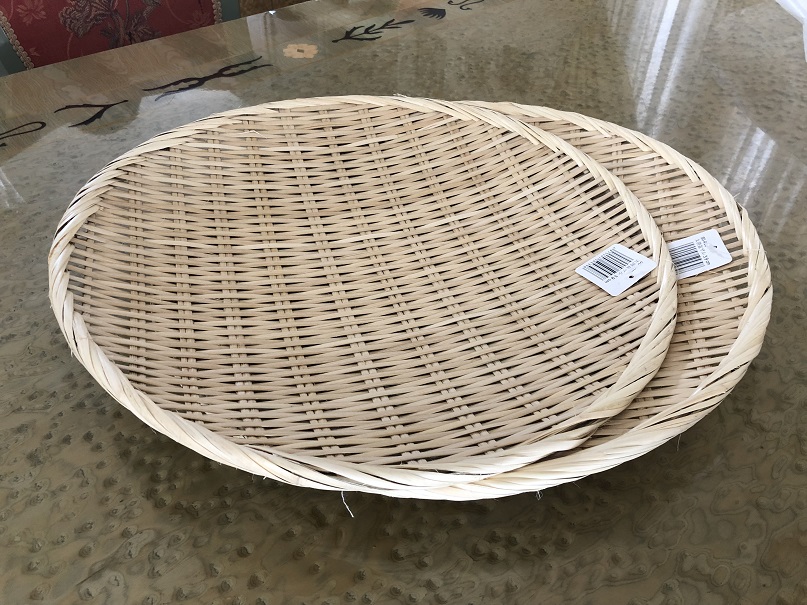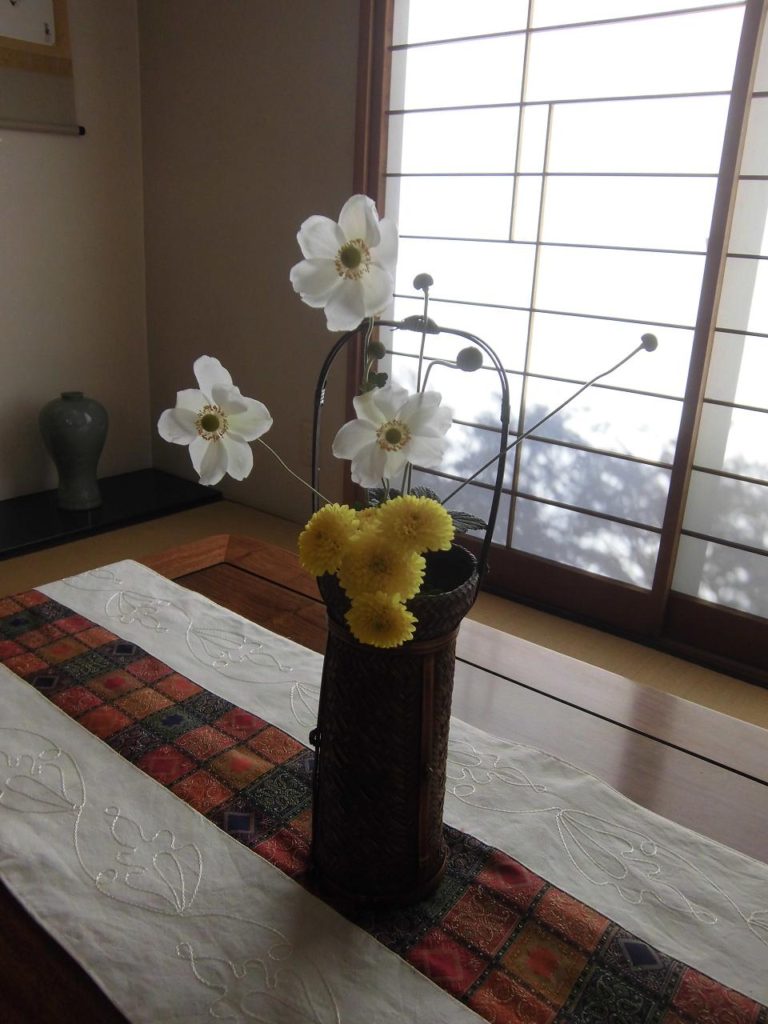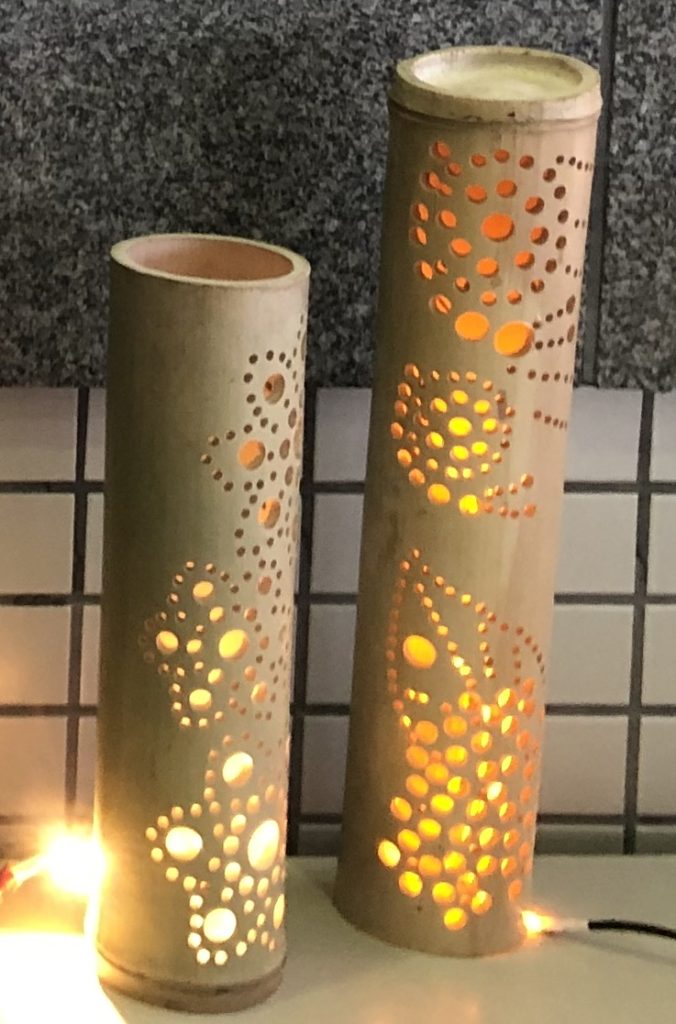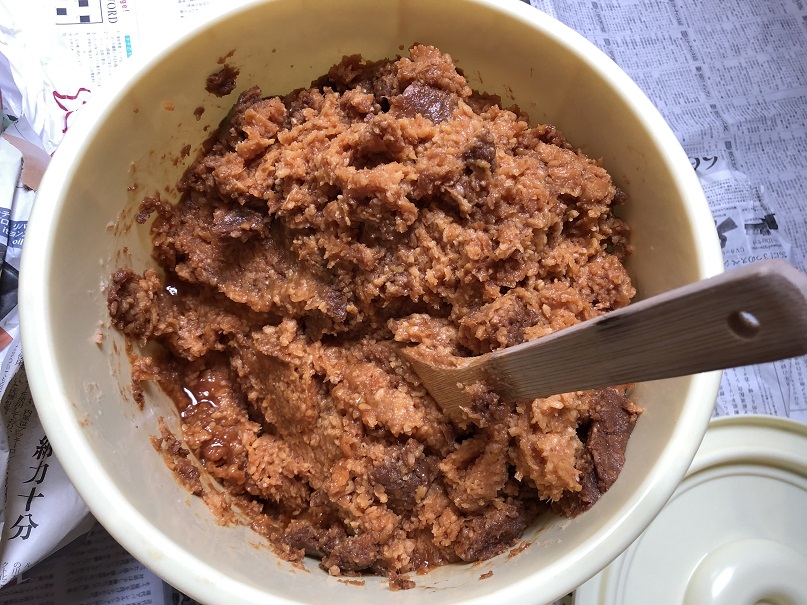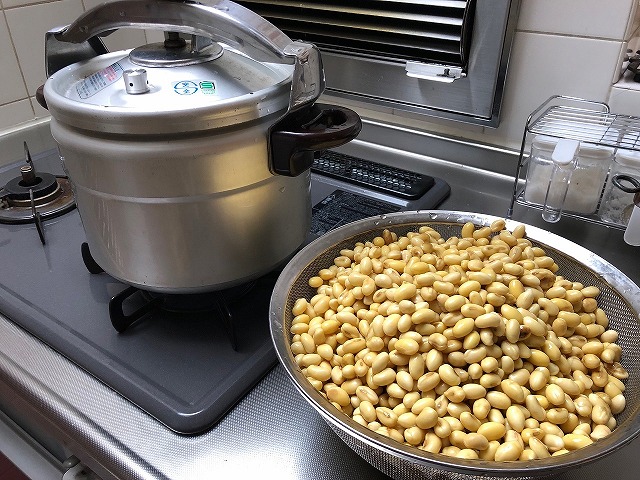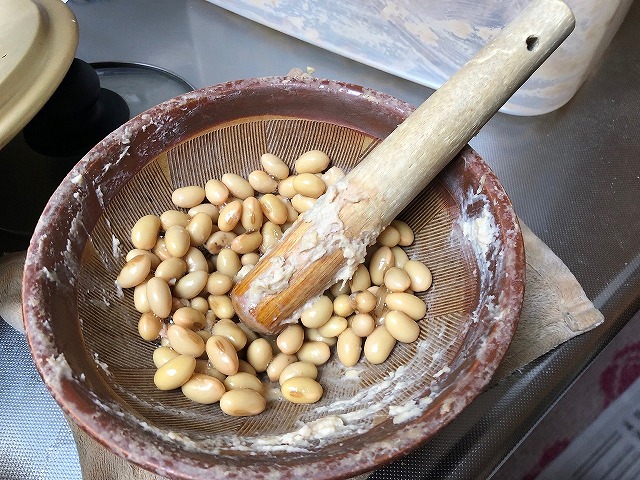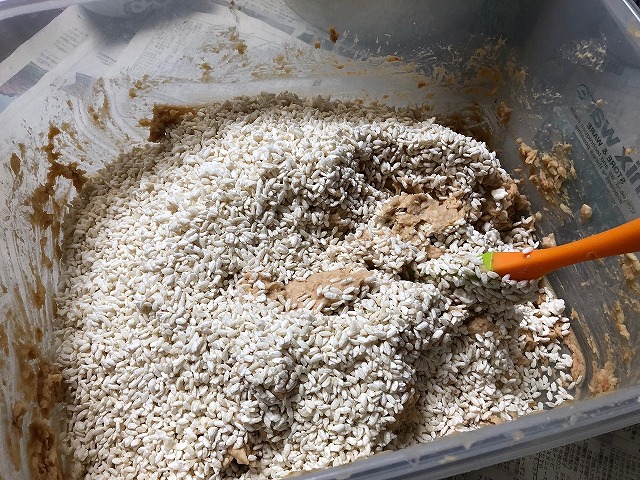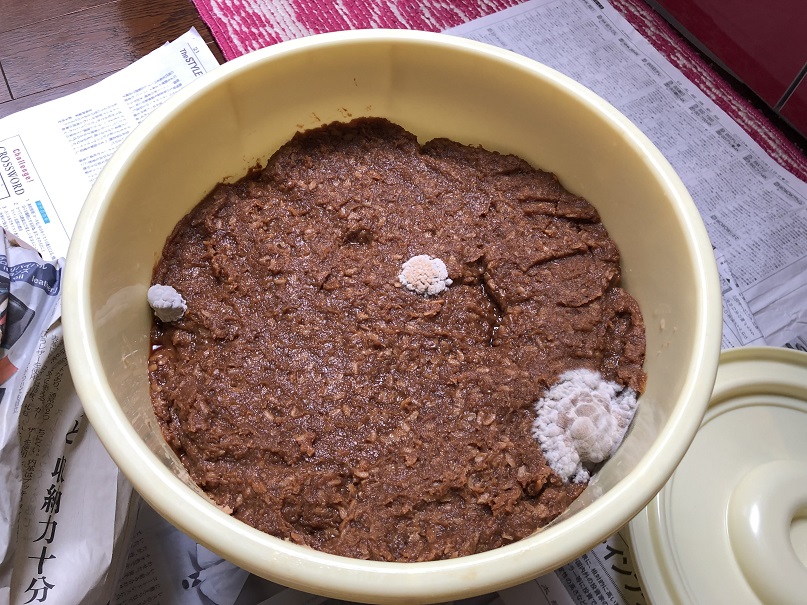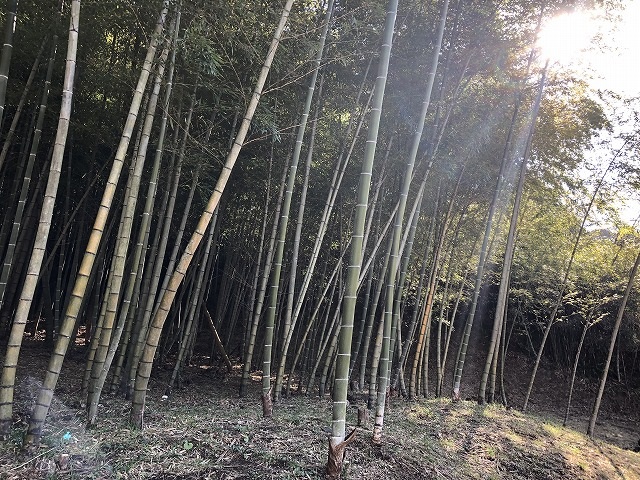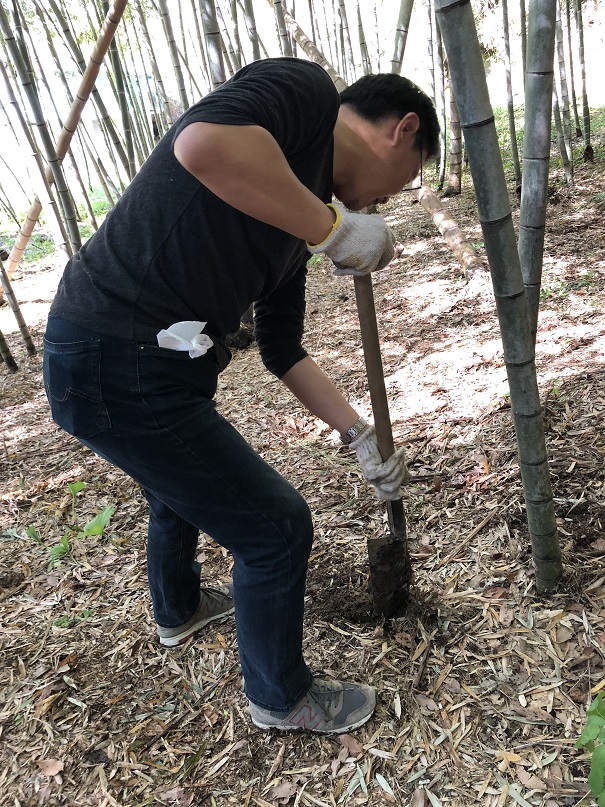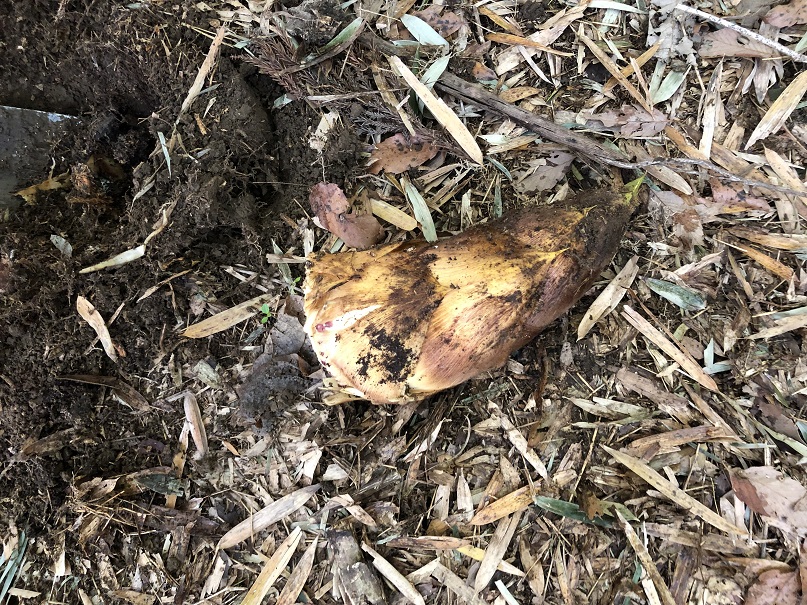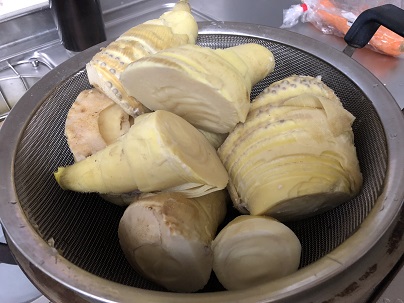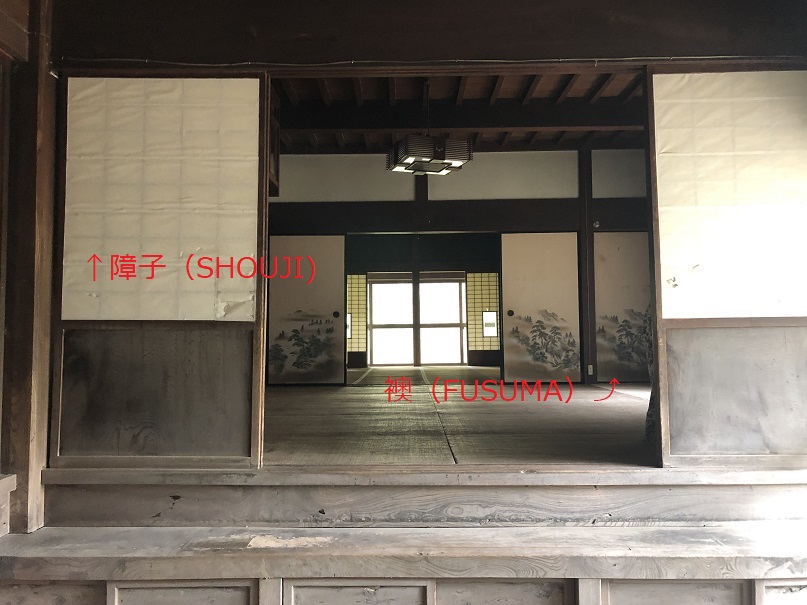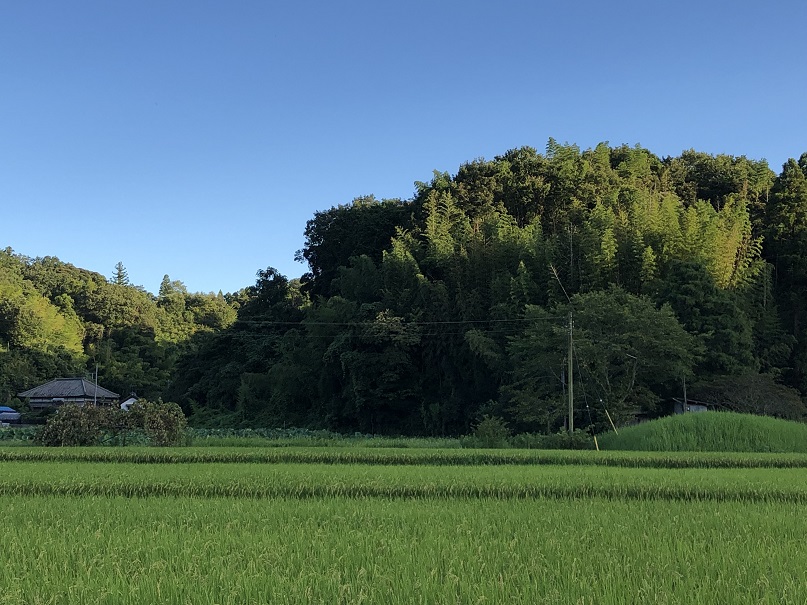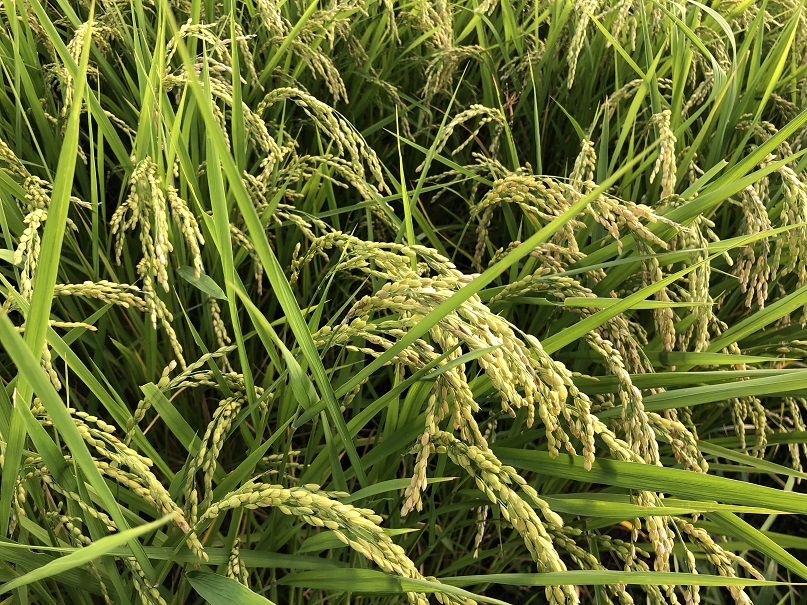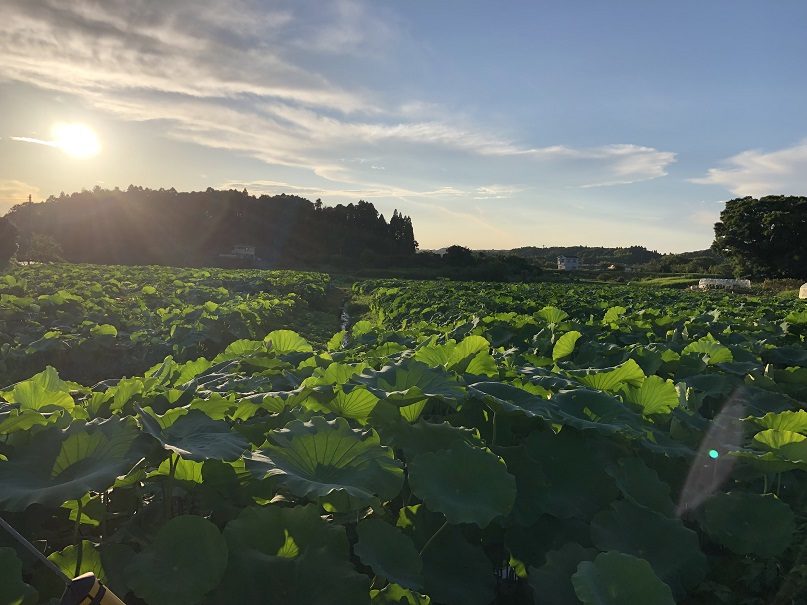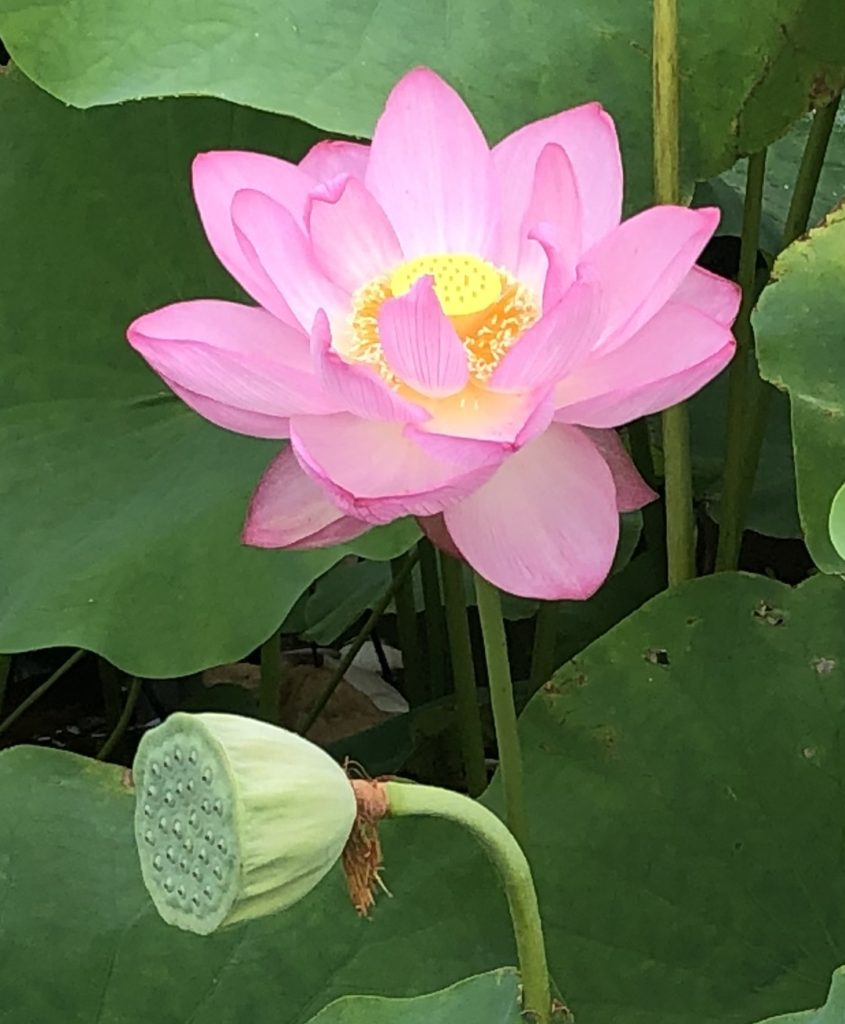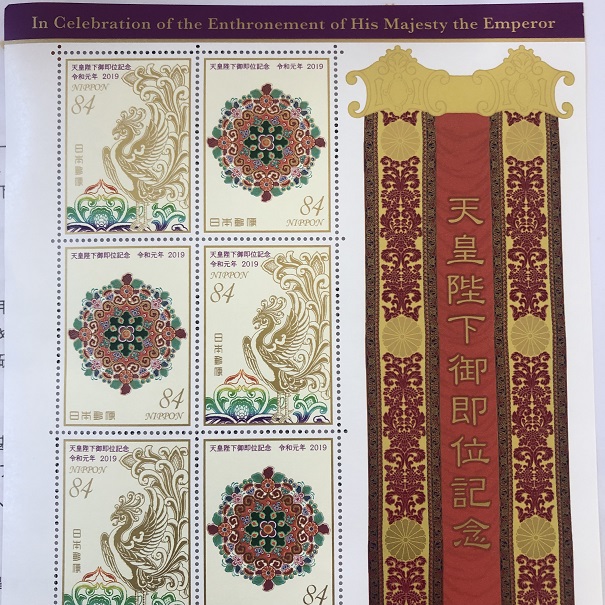
Every year, many kinds of special stamps are published in Japan
celebrating events (of course Tokyo Olympic Games 2020).
For example, last year (2018) more than 50 kinds of stamps published!
These themes are covering many fields such as Animals, Cities, Historical Heritage, Landscapes, Foods, Arts,etc.
And their size and color
and shape (not only square but circle, animal shape, etc) are very variable.
About the above stamps, most of all,
its painting patterns are very traditional and beautiful.
The gold fantasy bird called 'Houou' gives us noble image.
The flowers called 'Kiku' is the symbol of Japanese Emperor Family
which has continued for more than 2000 years!
It's very interesting to send letters
choosing stamp designs according to your family or friends's characters.
They will feel fine with your good choice!
